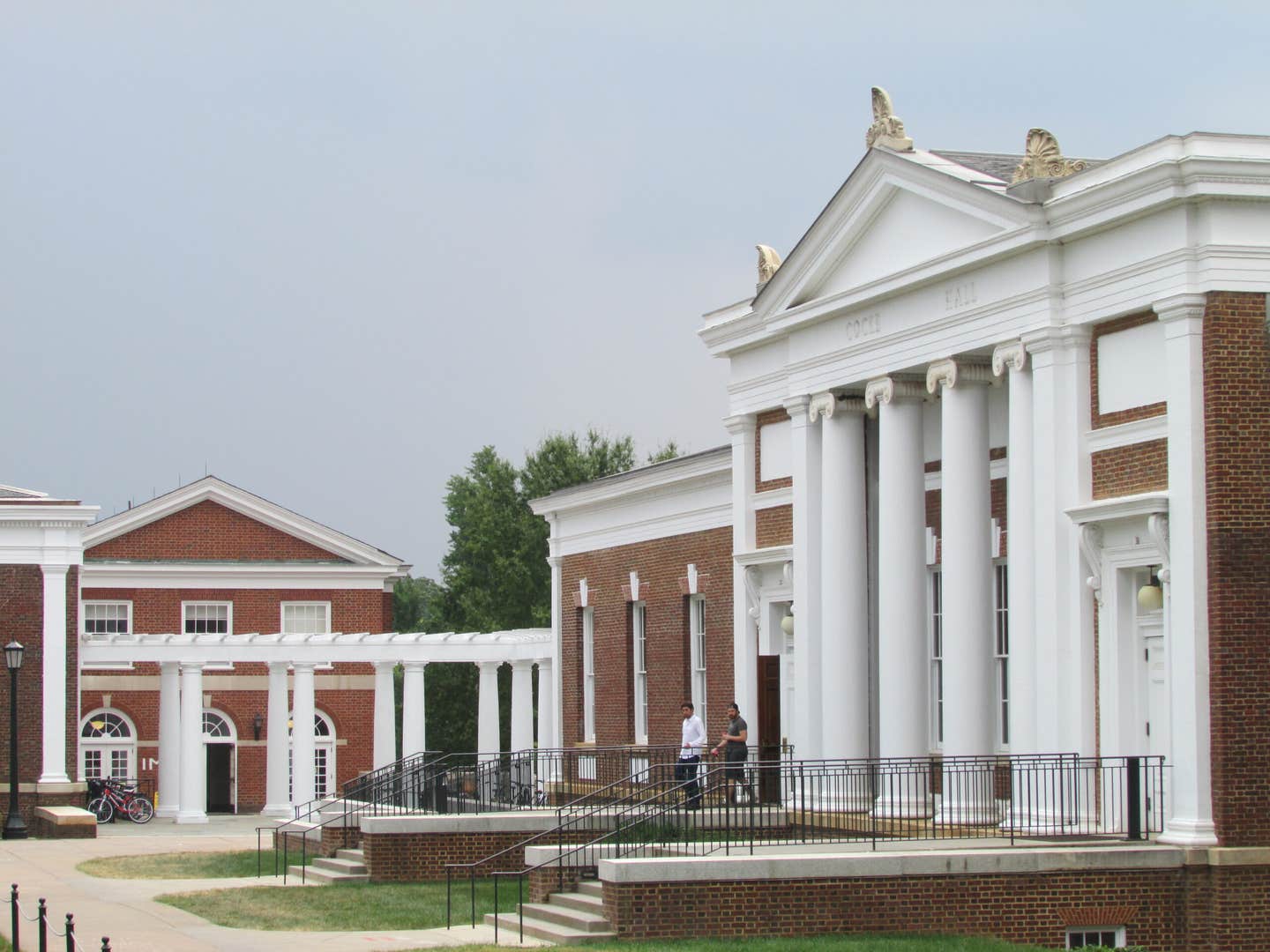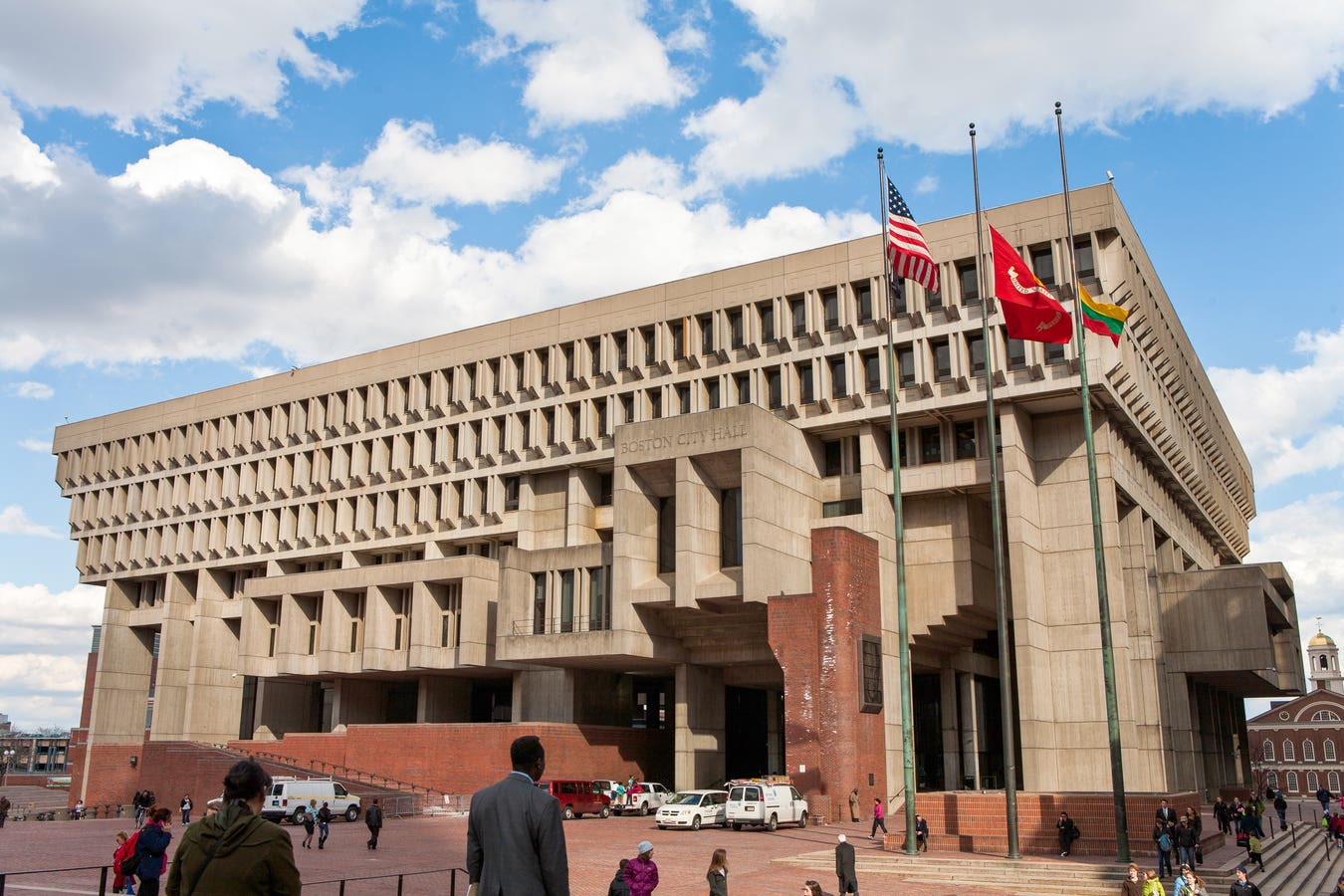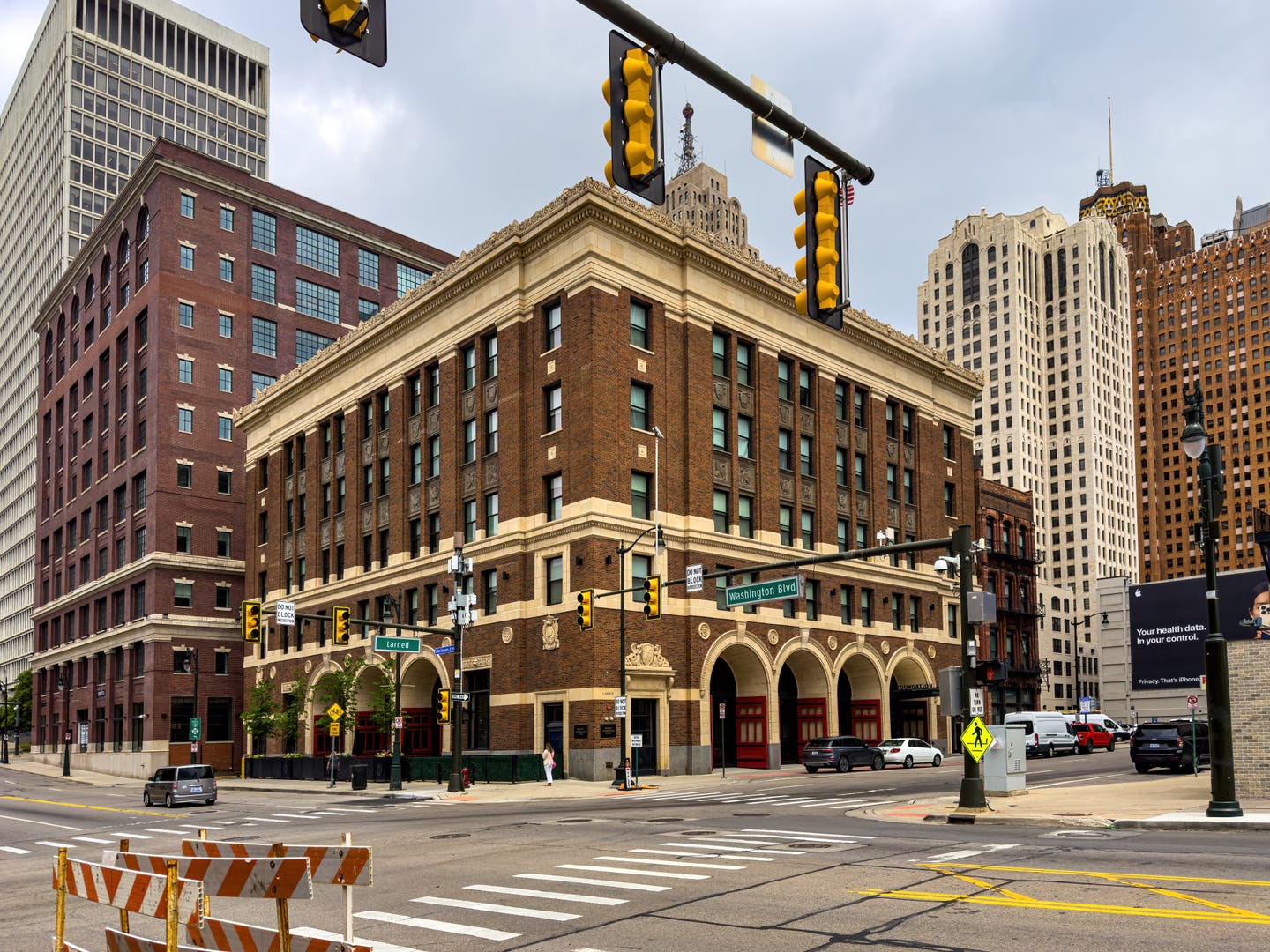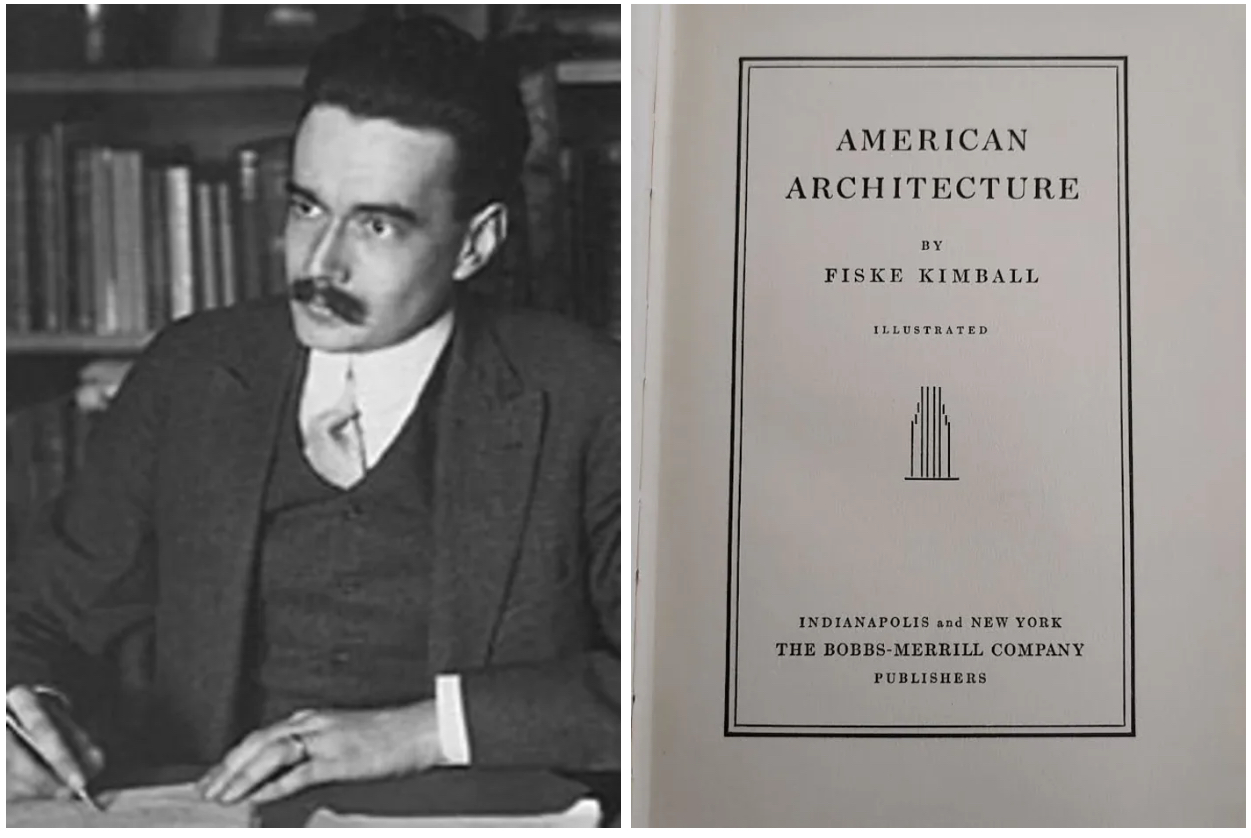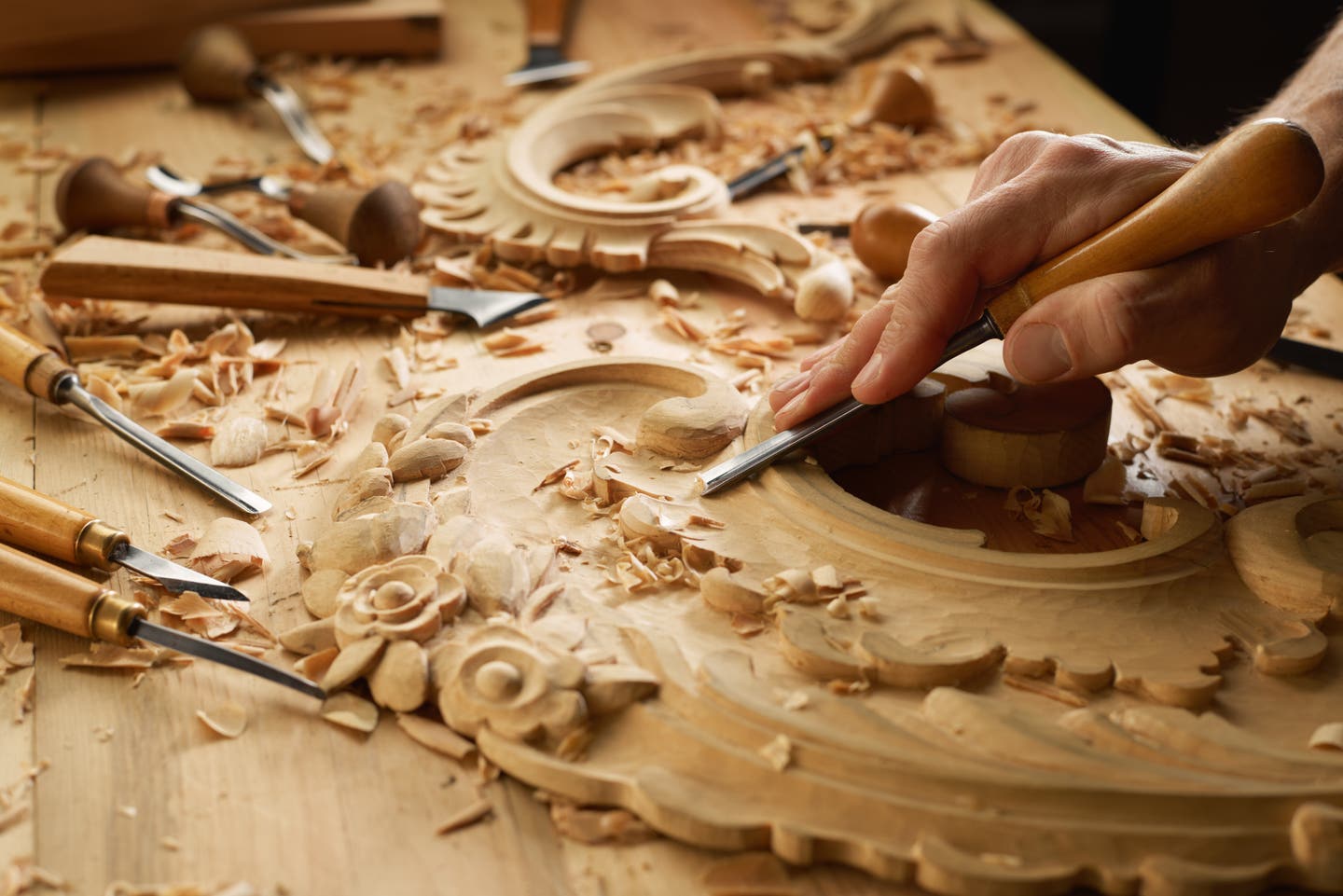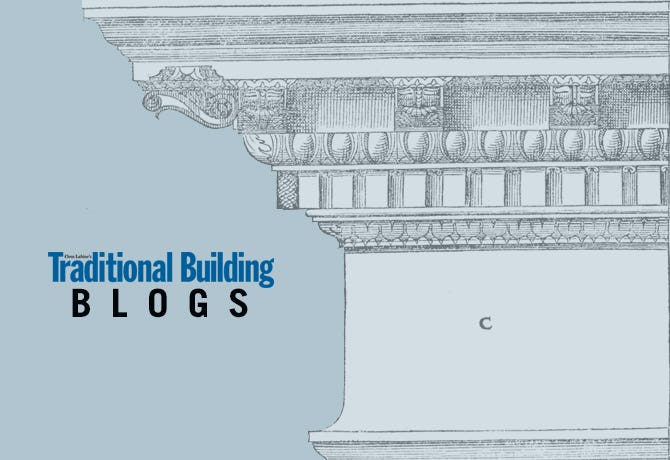
Clem Labine
New Hope for Architectural Criticism
The announcement that Michael Kimmelman is taking over as architecture critic for the New York Times carries with it the hope that the Times’ global audience will soon be exposed to a broader, more humane view of what constitutes excellence in architecture.
For better or worse, the New York Times' architecture critic is probably the most influential voice shaping mainstream architectural taste. Often, what people see in the Times is all they ever read about architecture. And in the 19-year reign of Herbert Muschamp and Nicolai Ourossoff that began in 1992, the architecture pages of the Times have been a never-ending stream of praise for a handful of "starchitects" who kept the two critics amused with ever-more-outlandish creations. Novelty was the paradigm that Muschamp and Ourossoff valued above all else. They paid little attention to the way a building functioned, if it was liked by people who used it or whether it made any contribution to its surroundings.
I was not the only one who found Nicolai Ourossoff’s fawning over fashionable architects infuriating. Alexandra Lange, a respected architecture critic in her own right (and not a card-carrying traditionalist), recently posted a lengthy and very thoughtful take-down of the Times’ now-departed architecture critic.
Not everyone shares my enthusiasm about the coming Age of Kimmelman. There has been much weeping and wailing and rending of garments in some of the architecture press over the fact that Kimmelman, formerly the Times' senior arts critic, is neither an architect nor trained in design. And others fret that he’s going to be allowed, with his title of “Senior Critic,” to write on cultural topics besides architecture. Such carping is totally off the mark: It’ll be a breath of fresh air to have an architecture critic with a broad humanist background who’s not playing an inside game.
Having followed Michael Kimmelman’s writings in the arts field, I have been impressed with his wide-ranging cultural framework and rationality. He seems to love places that provide emotional satisfaction, as well as academic and intellectual stimulation. Even though I’m no fan of Peter Zumthor, I found Kimmelman’s profile of him quite engaging and insightful. His analysis of David Chipperfield’s reconstruction of the war-ravaged Neues Museum in Berlin was a poetical evocation of the building’s fusion of past and present. And Kimmelman became my BFF with a piece he recently published decrying the museum world’s dismaying lack of interest in figurative sculpture. (Anyone who loves figurative sculpture is a friend of mine!)
So I have hope. The architecture critic of the New York Times is under enormous pressure from many different constituencies. And I suspect I’ll disagree with Michael Kimmelman on more occasions than I agree with him. But his past writings encourage me to believe he understands that architecture is a public art with civic obligations. In the past he’s stated he cares about “how we live . . . how buildings actually work . . . city planning, public policy, neighborhoods, communities and characters . . . architecture as a complex and contradictory discipline . . . .” In a portfolio that large, there should be room for traditional architecture!
Clem Labine is the founder of Old-House Journal, Clem Labine’s Traditional Building, and Clem Labine’s Period Homes. His interest in preservation stemmed from his purchase and restoration of an 1883 brownstone in the Park Slope section of Brooklyn, NY.
Labine has received numerous awards, including awards from The Preservation League of New York State, the Arthur Ross Award from Classical America and The Harley J. McKee Award from the Association for Preservation Technology (APT). He has also received awards from such organizations as The National Trust for Historic Preservation, The Victorian Society, New York State Historic Preservation Office, The Brooklyn Brownstone Conference, The Municipal Art Society, and the Historic House Association. He was a founding board member of the Institute of Classical Architecture and served in an active capacity on the board until 2005, when he moved to board emeritus status. A chemical engineer from Yale, Labine held a variety of editorial and marketing positions at McGraw-Hill before leaving in 1972 to pursue his interest in preservation.



